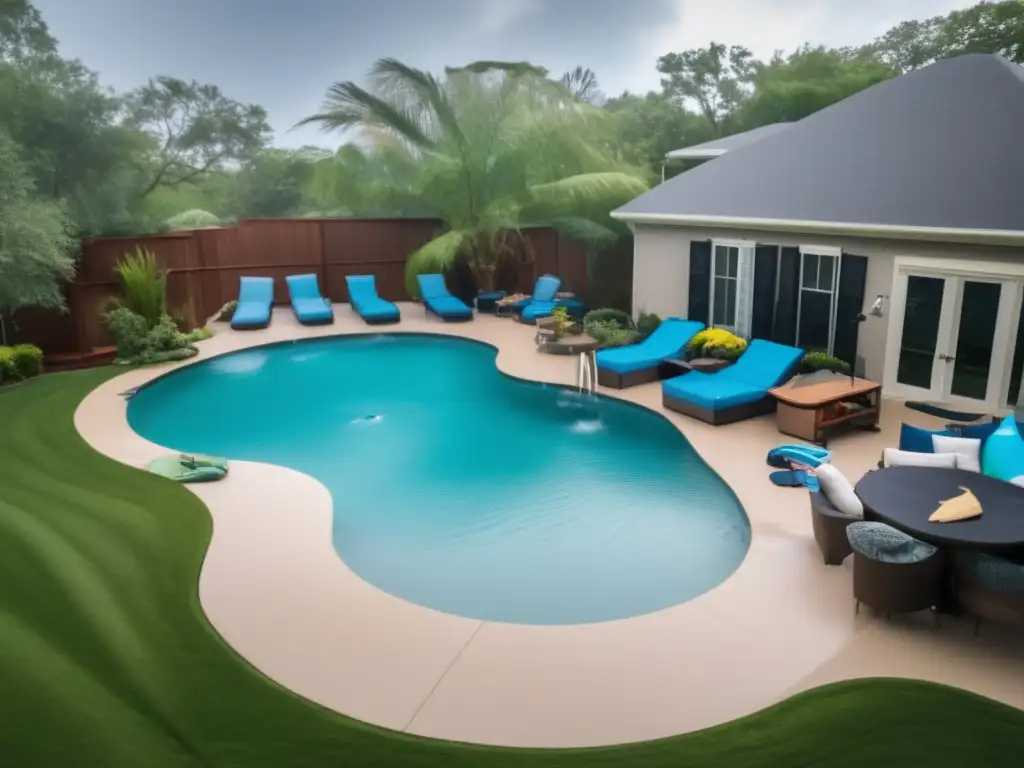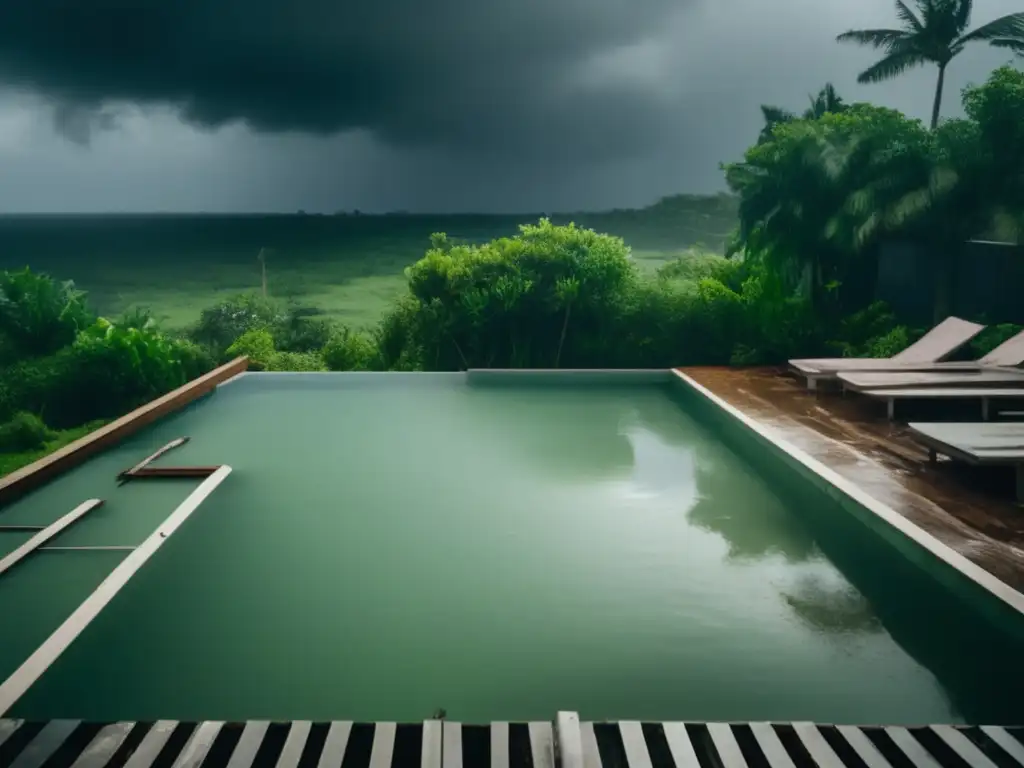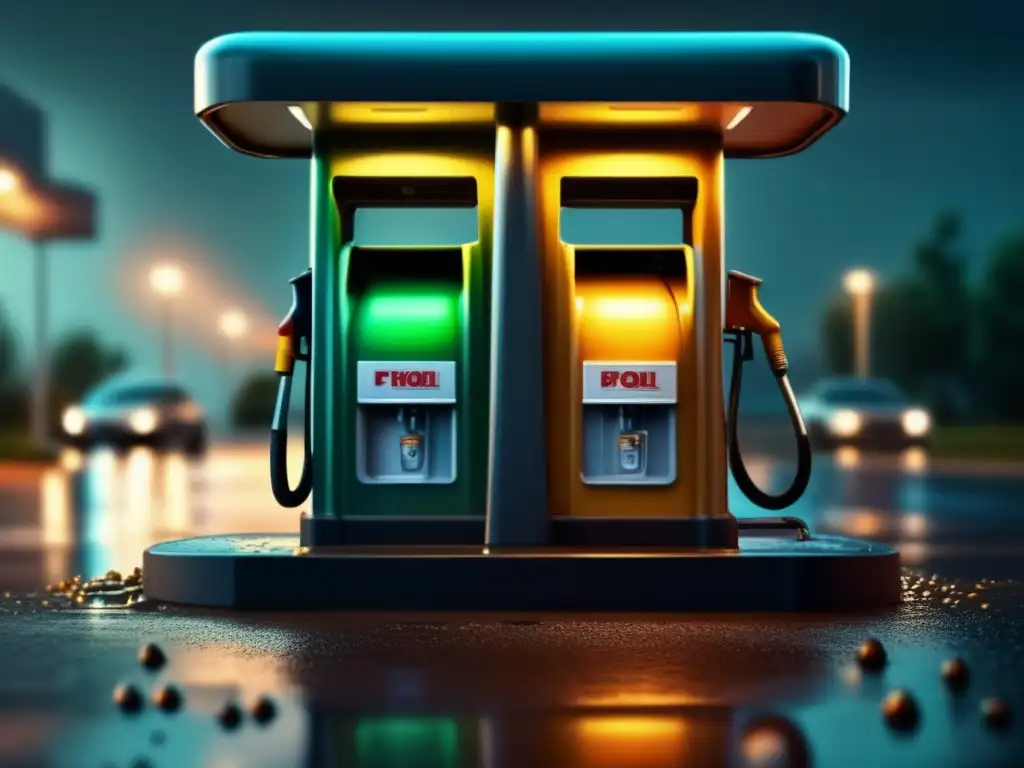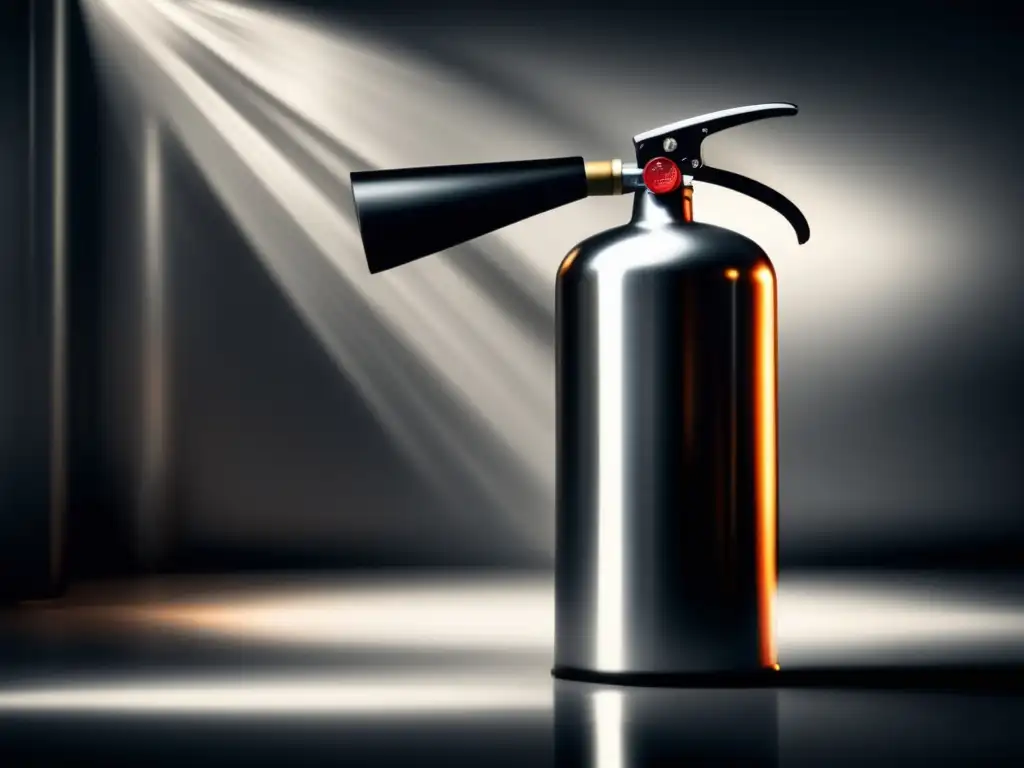Swimming Through The Storm: Pool Preparation For Hurricanes

Swimming Through the Storm: Pool Preparation for Hurricanes
Introduction
As hurricanes approach, people prepare in various ways to ensure their safety and minimize damage to their property. However, pool owners often forget about taking precautions to protect their pools before, during, and after the storm. Pools can become dangerous projectiles, causing significant damage if not adequately prepared. In this article, we will discuss the essential steps for pool preparation to survive a hurricane.
Why Prepare Your Pool for a Hurricane?

A hurricane's high winds and heavy rain can cause significant damage to a swimming pool and its surrounding area. Neglecting your pool's preparations can lead to expensive repairs or even total destruction. Besides, if debris is not removed from the pool, it can cause extensive damage to the pool's filtration system, leading to more costly repairs. Therefore, it is essential to prepare your pool adequately to help minimize damage and protect your family and property.
Secure the Pool's Surroundings
Before a hurricane, it is essential to secure all objects around the pool area. These include lawn chairs, tables, and other outdoor furniture that can become dangerous projectiles in high winds. You should remove any items that are not secured or weigh them down with sandbags, cement blocks, or other heavy materials. Additionally, trim any overgrown trees or branches that could fall onto the pool and cause damage.
Lower the Water Level
It is advisable to lower the water level in the pool by approximately two feet to allow for the additional water accumulation during the storm. This strategy can also help protect the pool's skimmer and prevent overflow onto surrounding areas. You can use a submersible pump or a backwash hose to lower the water level easily. It is also essential to turn off the pool's circulation system and disconnect electrical equipment to avoid any potential electrical hazards.
Remove Debris
Pools can become a dumping ground for flying debris, including tree branches, leaves, and other debris that can cause significant damage to the pool's surface, filtration system, and pumps. Therefore, it is essential to remove any debris from your pool before the hurricane and store it in a safe place. You can also invest in a pool cover to prevent debris from accumulating in the pool.
During the Hurricane

Leave the Pool Empty
During a hurricane, it is essential to leave the pool empty. Do not add additional water to the pool because it can overflow and cause more damage. Additionally, do not remove the pool cover during the storm, unless under professional supervision, as it can be dangerous to do so. Electrical equipment should remain turned off and unplugged until the hurricane has passed.
Do Not Drain the Pool Completely
It may seem intuitive to drain a pool fully before a storm, but this is not recommended. An empty pool can become buoyant and rise out of the ground, creating significant damage and destruction. It can also crack or pop out of the ground, leaving you with an expensive repair project. Therefore, it is advisable to maintain the pool's water level at two feet below its normal level to prevent any significant issues.
After the Hurricane

Inspect for Damage
After the hurricane has passed, it is essential to inspect the pool carefully for any damage. Look for cracks or other signs of structural damage, including damage to pumps, plumbing systems, and the pool deck. If you detect any damage, you should contact a pool professional to assess the situation and provide guidance on repairs.
Refill the Pool
You can now refill your pool after the storm, but it is essential to avoid adding chemicals until you have balanced the water chemistry. Test the water thoroughly, and balance it before adding any chemicals. This process will help prevent any potential harm to swimmers or damage to the filtration system.
Clean the Filtration System
The pool's filtration system may have accumulated debris and other materials during the hurricane. Therefore, it is vital to clean the filter and its components before activating the circulation system. Clean the skimmer baskets, vacuum, and pool surface with a net to remove any debris that may have accumulated in the pool.
Frequently Asked Questions

-
How low should I lower the water level in my pool?
It is advisable to lower the water level by approximately two feet.
-
Should I drain my pool completely during a hurricane?
No, it is not recommended to drain your pool entirely during a hurricane, as this can cause significant damage to the pool's structure.
-
Can I add chemicals to the pool immediately after refilling it?
No, you should balance the water chemistry before adding any chemicals to prevent any potential harm to swimmers or damage to the filtration system.
-
Can I use my pool cover during a hurricane?
You should not remove the pool cover during a hurricane unless under professional supervision, as it can be dangerous to do so.
-
What should I do if my pool is damaged during a hurricane?
Contact a pool professional to assess the situation and provide guidance on repairs.
Conclusion
In conclusion, preparing your pool for a hurricane is critical to protecting your family and minimizing damage to your property. To prepare your pool, secure all objects around the pool area, lower the water level, and remove any debris from the pool before the storm. During the hurricane, leave the pool empty and avoid adding any water to it. After the hurricane has passed, inspect the pool for damage, refill the pool, and clean the filtration system. Following these steps can help ensure that the pool remains in excellent condition and safe for use. Remember to stay safe before, during, and after a hurricane.
If you have further questions or concerns about pool preparation for hurricanes, please leave them in the comments section below. Additionally, feel free to subscribe to hurricaneinsider.org for more relevant articles and share this article on social media to spread awareness.
Additional Resources

- National Hurricane Center - Pool Safety
- SwimmingPool.com - Swimming Pool Owner's Guide to Hurricane Season
- Popular Mechanics - How to Prep Your Pool Before a Hurricane
If you want to discover more articles similar to Swimming Through The Storm: Pool Preparation For Hurricanes, you can visit the Hurricane preparedness: category.
Leave a Reply




Articulos relacionados: